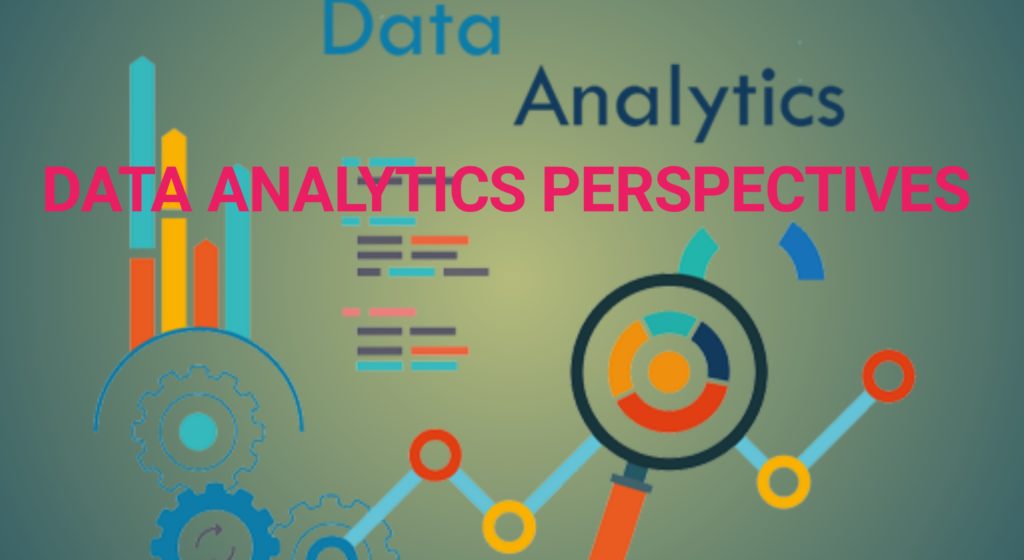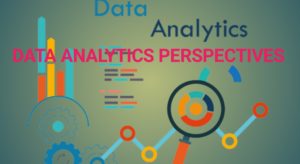Even during a pandemic, certain things remain untouched. In the 2021 CIO’s State of the CIO survey, a total of 1,062 contacted IT leaders selected “data analytics” as the first tech initiative anticipated to propel IT investment.
Unfortunately, most analytics initiatives rarely perform well when it comes to stakeholder satisfaction.
A whopping 85 percent of African CEO’s anticipated a stronger global economy this year. The previous year, CIO contributor Mary K. Pratt gave an outstanding analysis of why data analytics initiatives don’t work, including siloed data, untargeted business objectives, as well as bulky one-size-fits-all feature sets. However, many new approaches and technologies are rendering these pitfalls less possible.
These particular initiatives tend to look like development projects. Even when marketable products are included. And caption similar well-defined purposes and iterative cycles that differentiate triumphant software development results.
To understand better, begin with the InfoWorld primer “How to excel with data analytics” by contributor Bob Violino. In this crisply composed piece, Violino encompasses all the bases: founding analytics centers of excellence; the advantages of self-service solutions like Tableau or Power BI; the sensational likelihoods for machine learning; and the swing toward cloud analytics solutions.
Violino explains further the last point, in the second post, this one for CIO: “Analytics in the cloud: Key challenges and how to overcome them.” As he examines, the cloud’s scalability and sufficient analytics tools may be compelling, but migrating abundances of company data to the cloud and securing it can be a heart-pounding exploration.
New technology consistently incurs new threats. There isn’t an advancement that has had a more significant effect on analytics than machine learning. Ranging from automating data prep to detecting significant patterns in data. However, it also adds an unexpected risk. As CSO Senior Writer Lucian Constantin clarifies in “How data poisoning attacks corrupt machine learning models,” intentionally skewed data inserted by malicious hackers can bend models toward some nefarious intention. The outcome could be manipulated product proposals, or even the capacity for hackers to interpret confidential underlying data.
No doubt, analytics has a dark side, as Matthew Finnegan confirms in the Computerworld article “Collaboration Analytics: Yes, you can track employees. Should you” Gathering and analyzing metadata about user interactions on collaboration platforms has its valid benefits, like the capacity to identify communication blockages or to optimize the worker experience. However, the same programs can be used as worker monitoring systems that raid privacy and impair trust between management and employees.
Although lightly, contemplate this nice case study concerned with analytics improving user satisfaction: “Major League Baseball makes a run at network visibility.” Writing for Network World, Senior Editor Ann Bednarz analyzes how MLB utilizes network flow analysis software across its infrastructure. To make sure the players and fans enjoy constant network performance – end-to-end, from Wi-Fi in the seats to cloud services.
The undertaking to deploy unanimous network analytics to optimize the user experience started just two years ago, largely because MLB’s current principal network automation software engineer saw the need. His recognition broke through the most significant obstacle to successful analytics initiatives: cultural inertia.
At last, the secret to victorious analytics is not in selecting and implementing the perfect technology, but in promoting a wide knowledge that pervasive analytics produces better decisions and superior findings. Normally, you can correct technology twinges or requirements misconceptions. But in case you can’t change the mindset, few will use the wonderful analytics machine you just created.
Data Analytics Perspectives FAQ’s
Here are the commonly asked questions about data analytics perspectives:
1. What is Data Analytics?
Data analytics is the science of assessing raw datasets to get an outcome concerning the information they have. It enables us to recognize patterns in the raw data and extract useful information from them.
They help organizations to understand their customers better, analyze their marketing campaigns, personalize their content, design content techniques, and enhance products.
2. What are the types of data analytics?
The following are the four basic types of data analytics:
Descriptive Analytics
The first type of data analysis is descriptive analysis. It is at the foundation of all data insight. It is the simplest and most common use of data in business today. Descriptive analysis answers the “what happened” by summarizing past data, usually in the form of dashboards.
Diagnostic Analytics
After asking the main question of “what happened”, the next step is to dive deeper and ask why did it happen? This is where diagnostic analysis comes in.
Predictive Analytics
Predictive analysis attempts to answer the question “what is likely to happen”. This type of analytics utilizes previous data to make predictions about future outcomes.
Prescriptive Analytics
The final type of data analysis is the most sought after, but few organizations are truly equipped to perform it. Prescriptive analysis is the frontier of data analysis, combining the insight from all previous analyses to determine the course of action to take in a current problem or decision.
3. What are the benefits of Data Analytics?
Improves Decision Making
Organizations might utilize the information they obtain from data analytics to manage their decisions, towards improved results. Data analytics eradicates guesswork from formulating marketing plans, specifying what material to make, producing goods, and so on.
Converts to an Effective Marketing
When businesses understand their customers better, they will be able to market to them more effectively. Data analytics also gives businesses valuable insights into how their marketing campaigns operate so that they can fine-tune them for more credible results.
Improves Customer Service
Data analytics offers businesses profound insight into their customers, motivating them to personalize customer experience to their desires, enable more customization, and establish better relationships with them.
Increases Operational Efficiency
Data analytics help businesses simplify their operations, deliver resources, and improve the bottom line. When businesses receive a better impression of what the audience desires, they spend less time formulating advertisements that do not match the needs of the audience.
4. What is the right time for me to deploy an analytics strategy?
Analytics is not just for once or for any particular event, it is an endless process. Businesses should not take their attention off analytics and prepare to use it as a regular business process. Once businesses start understanding the potential of analytics to settle problems, they begin using all sorts of strategian and widespread business decisions.
5. What kind of data points are needed for analysis and how do companies start capturing them?
Data is the most crucial resource for any analytics project thus the business should ensure that it apprehends its business and customer data in an organized manner. To apprehend the right data facts in the right format needs both a long and short-term data strategy.
This technique relies on what the company is trying to attain. It demands certain intricacy to build in data collection techniques and technological support that will enable us to keep these data points in a simple format.
6. What is Predictive Analytics?
Predictive analysis is how a business rates historical data and past achievement through analytical algorithms and machine learning methods so that they anticipate, and project future results. Companies use predictive analytics to crack complex problems and disclose new opportunities.
So now you know all you desired to know. Make this information useful by implementing it.



